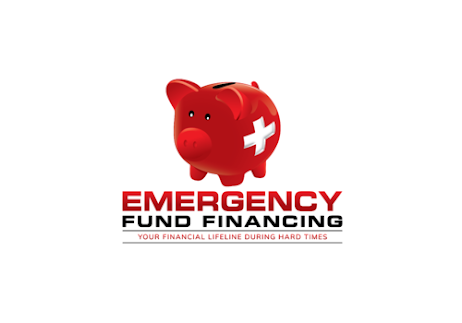Life is unpredictable, and the unexpected costs of medical bills, car repairs, or loss of a job can hit you when you least expect them. An emergency fund is a financial safety net to make one feel secure and not sink into debt. Here's a simple guide to help you build an emergency fund in six easy steps.
1. Identify Your Emergency Fund Goal
Start by estimating how much you need to save.
- Experts recommend saving 3–6 months' worth of living expenses.
- Count your expenses, everything from rent, utilities, grocery, and necessities.
If starting with a large amount feels overwhelming, aim for a smaller goal of $1,000 to cover minor emergencies.
2. Analyze Your Current Finances
First, calculate your revenues and expenditures to understand how much you are capable of saving.
- Track all your expenses for one month to see where you can cut down on.
- Prioritize needs over wants and channel the saved money into your fund.
3. Open a Separate Savings Account
Keep your emergency fund separate and distinct from your normal bank account.
- Open a high-yield savings account for better interest rates.
- Make sure the account is accessible when you need it, but not so accessible that you are tempted to tap into it for non-emergencies.
4. Automate Your Savings
Building an emergency fund requires consistency.
- Set up automatic transfers to your dedicated savings account each payday.
- Start small, with something like $20–$50 a week, and increase the amount as your income rises.
5. Reduce Expenses to Save Faster
Find ways to trim your spending to boost your savings.
- Cancel unnecessary subscriptions, like streaming services or unused gym memberships.
- Cook at home instead of dining out.
- Opt for carpooling, public transportation, or fuel-saving techniques to cut travel costs.
Divert the saved cash into your emergency fund.
6. Utilize Windfalls Wisely
Unexpected cash—like tax refunds, bonuses, or gifts—can turbocharge your savings.
- Put at least 50–75% of any windfalls toward your emergency fund.
- Refrain from splurging, and put your finances in order first.
Extra Tips to Success
- Milestones: Celebrate-Split the goal into smaller targets, such as $500, $1,000, and so on; after achieving, give yourself a reward.
- Avoid Using the Fund for Non-Emergencies: The fund should be used strictly for real emergencies, not for vacations or shopping sprees.





0 Comments